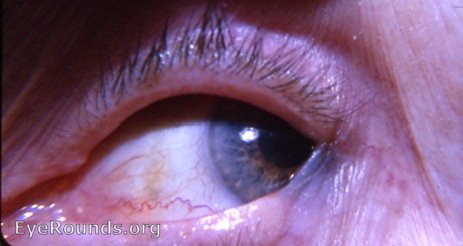Ocular Disease - Midterm 1 Lids Part 1
- USMLE
- NBEO
2.
You may optionally provide this to label your report, leaderboard, or certificate.
Submit
Submit
Submit
Submit
Submit
×
Thank you for your feedback!
















